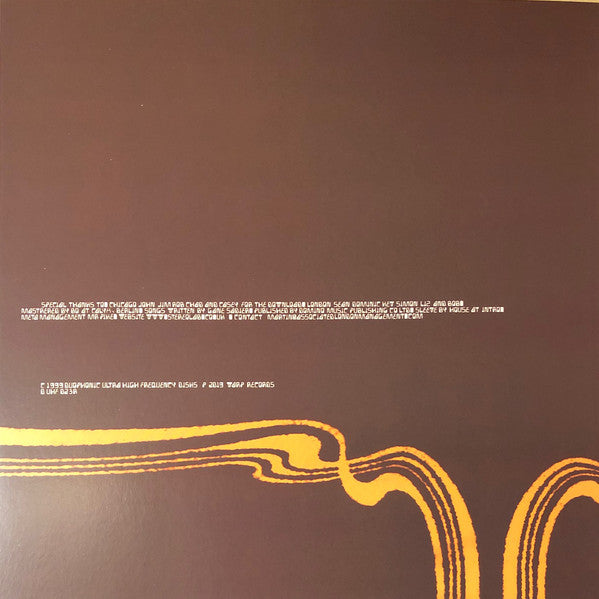The emergence of Krautrock was one of postwar culture's most spectacular blossomings. Also called ‘Kosmische Musik’, it is a broad genre of experimental rock that developed in West Germany in the late 1960s and early 1970’s among artists who blended elements of psychedelic rock, avant-garde composition, and electronic music. These artists explored hypnotic rhythms, extended improvisation, musique concrète techniques and early synthesizers, while generally moving away from the rhythm & blues roots and song structure found in traditional Anglo-American rock music. Prominent groups associated with the Krautrock label included Neu!, Can, Faust, Tangerine Dream, Kraftwerk, Cluster, Ash Ra Tempel, Popol Vuh, Amon Düül II and Harmonia.
As Can drummer Jaki Liebezeit saw it, he and his peers "wanted to do something completely new … pop revolution, student revolution, build a new society, make everything better". The term "Krautrock" was popularized by British music journalists as a humorous umbrella-label for the diverse German scene, though many so-labeled artists disliked the term. Despite a common approach and generational attitude among artists, the New Statesman argues that ....."in truth, no two Krautrock acts sound remotely alike. Compare the dreamy synthesiser washes of Tangerine Dream with the alien noise collages of Faust or the psychedelic funk of Can." According to XLR8R, the term Krautrock is often used by critics to signify the...."mesmerizing motorik rhythms pioneered by Can and Neu!", but contested that...... "they represent merely a tiny fraction of the music that emerged from Germany during Krautrock's Golden Age".
Poor blanket term or not, the label has stuck, but more importantly the sound has endured and given birth to an entire underground sub genre of bands. Here at Flying Nun we seek out releases from modern Krautrock inspired artists, while also importing represses of 70’s Krautrock classic vinyl direct from Europe.










![Stereolab - Pulse Of The Early Brain [Switched On Vol. 5] - Flying Nun | Vinyl | CD](http://www.flyingnun.co.nz/cdn/shop/products/unnamed_1_42e0d553-6a9e-41c1-b542-c53abb67b5d6_1445x.jpg?v=1722229425)
![Stereolab - Pulse Of The Early Brain [Switched On Vol. 5] - Flying Nun | Vinyl | CD](http://www.flyingnun.co.nz/cdn/shop/products/unnamed_89a4c05e-9e9d-4ad3-aad5-7625d436f0e0_1445x.jpg?v=1722229428)














